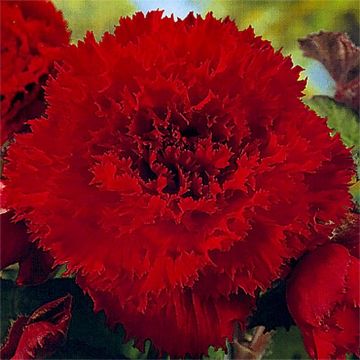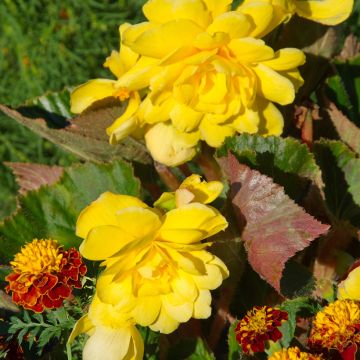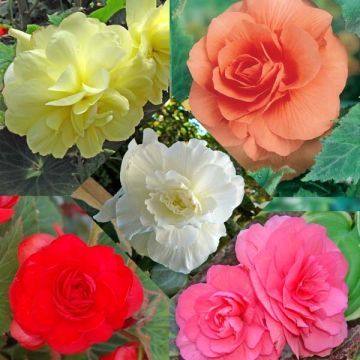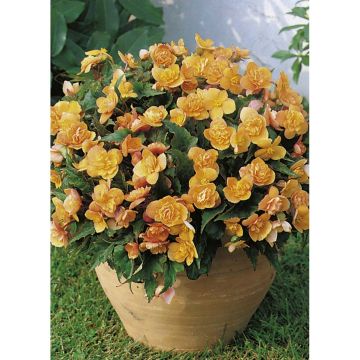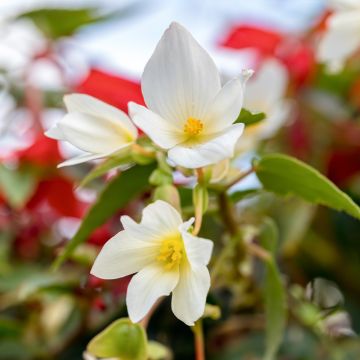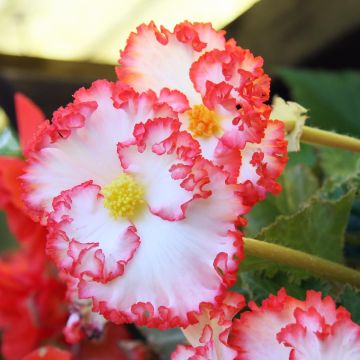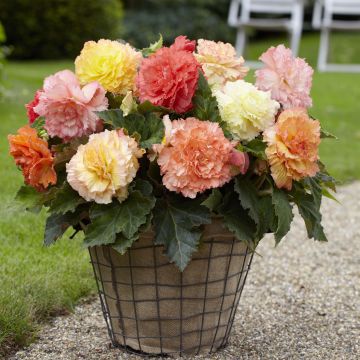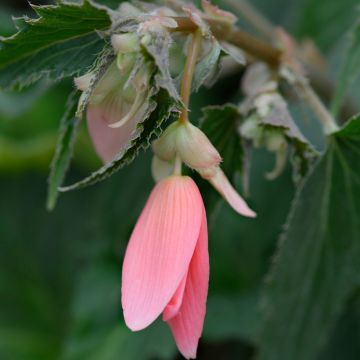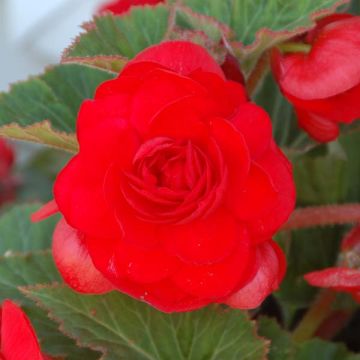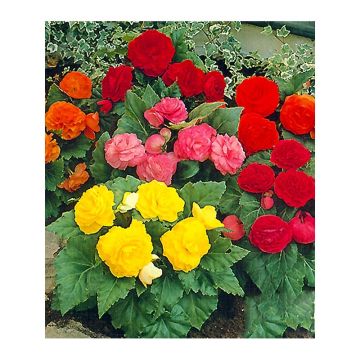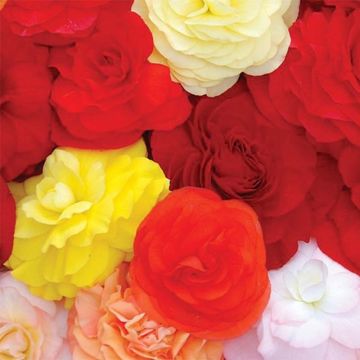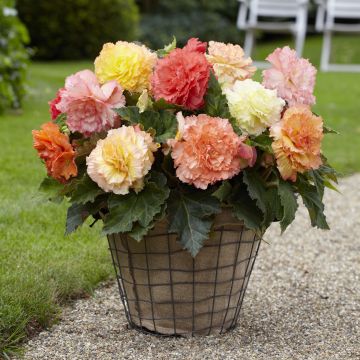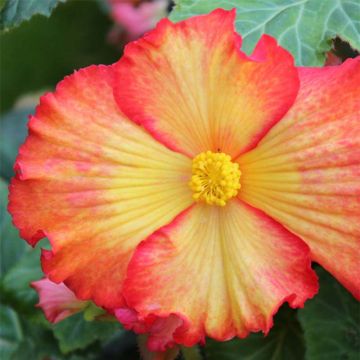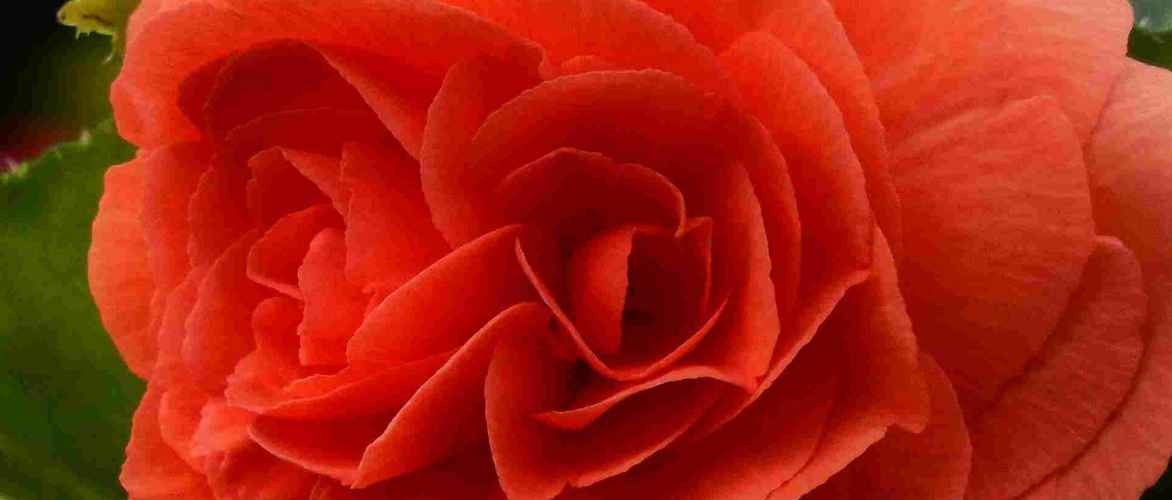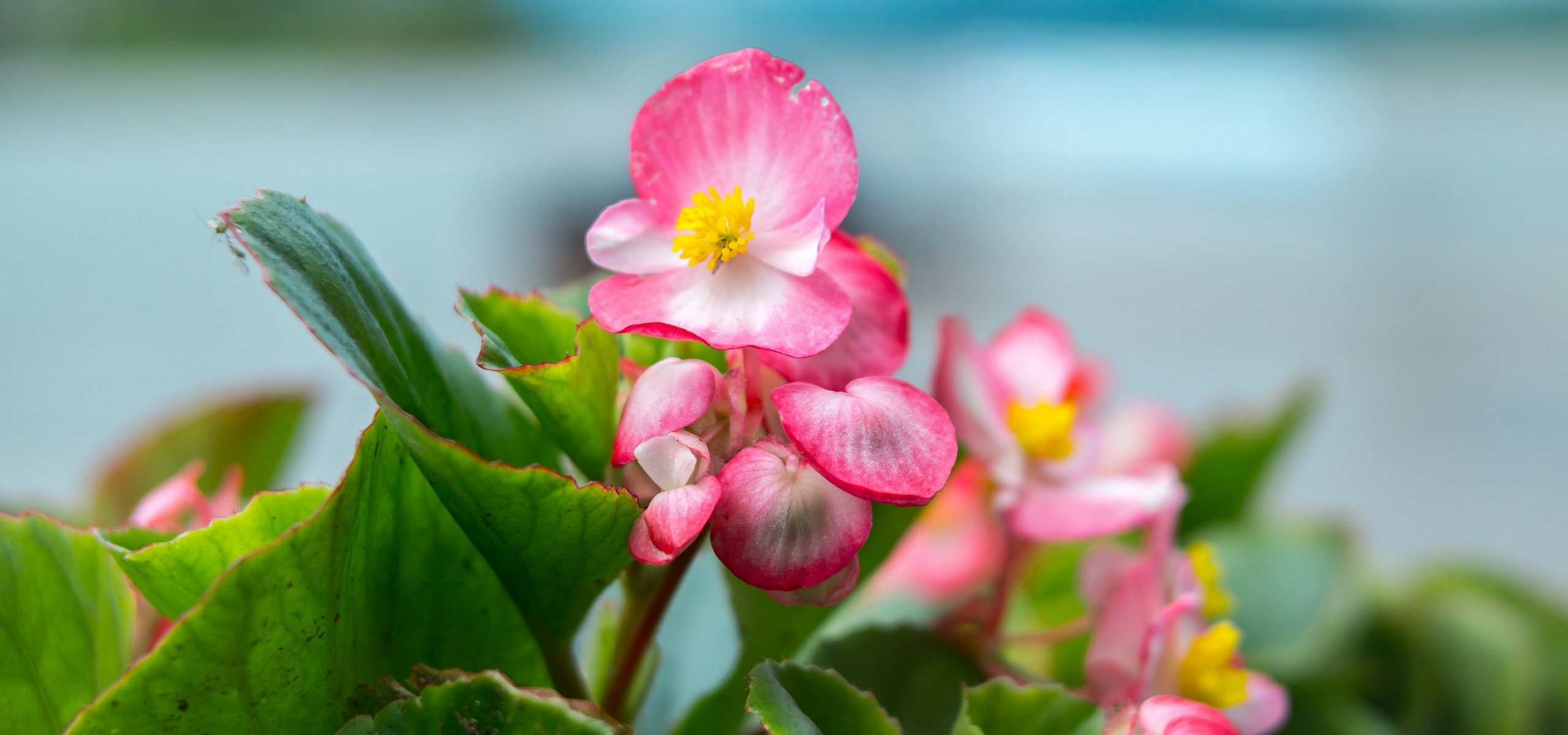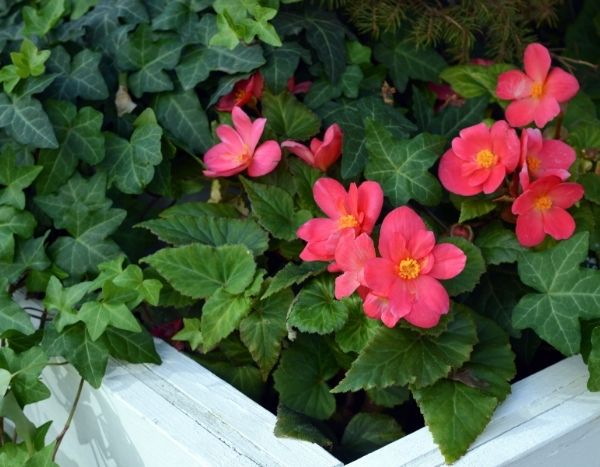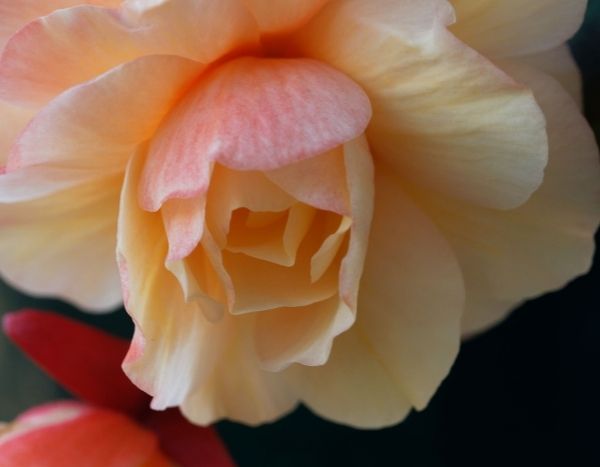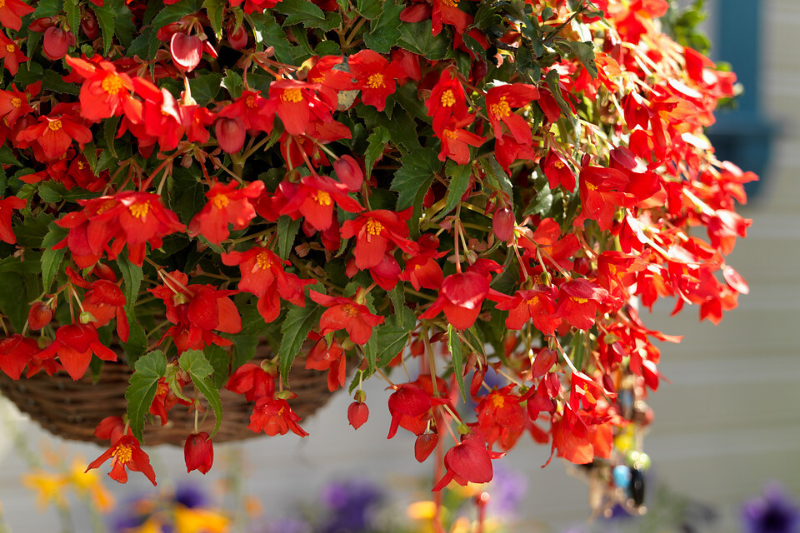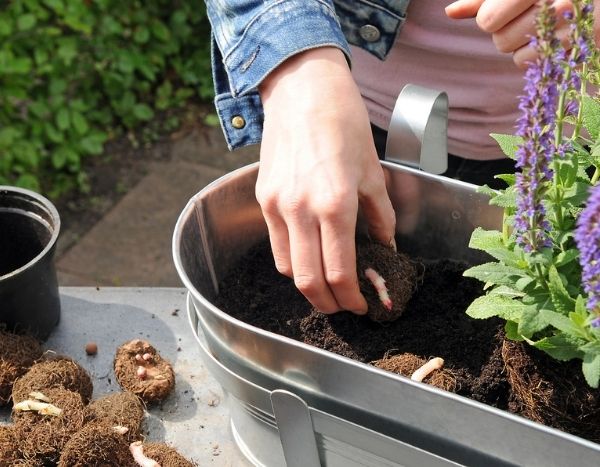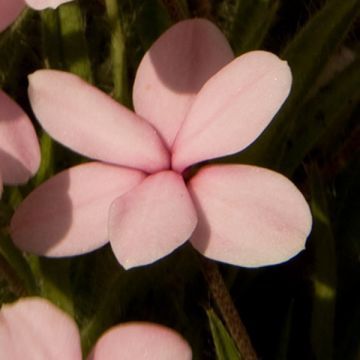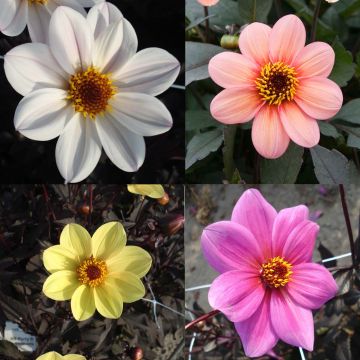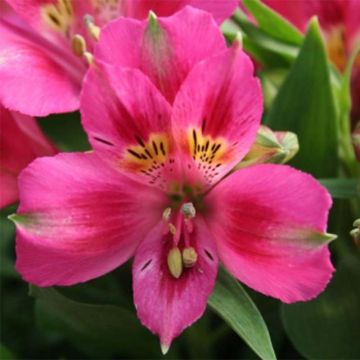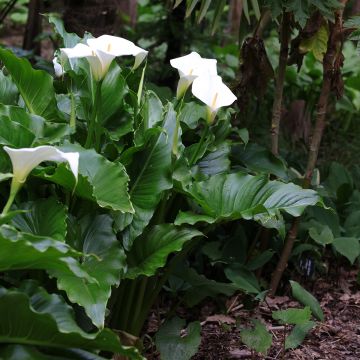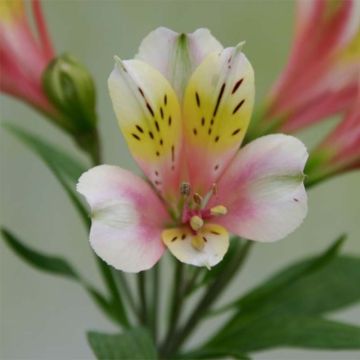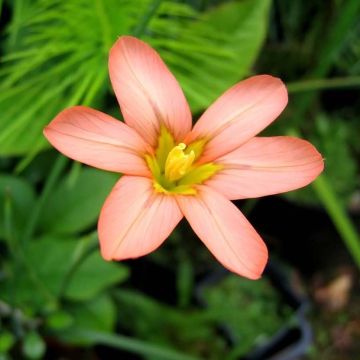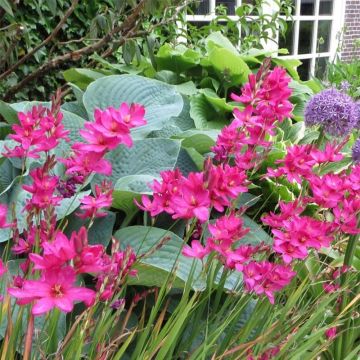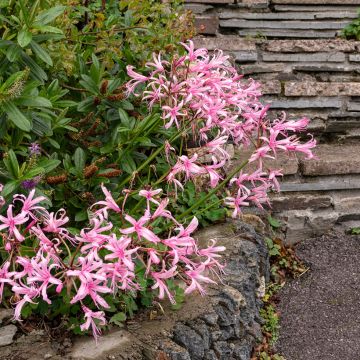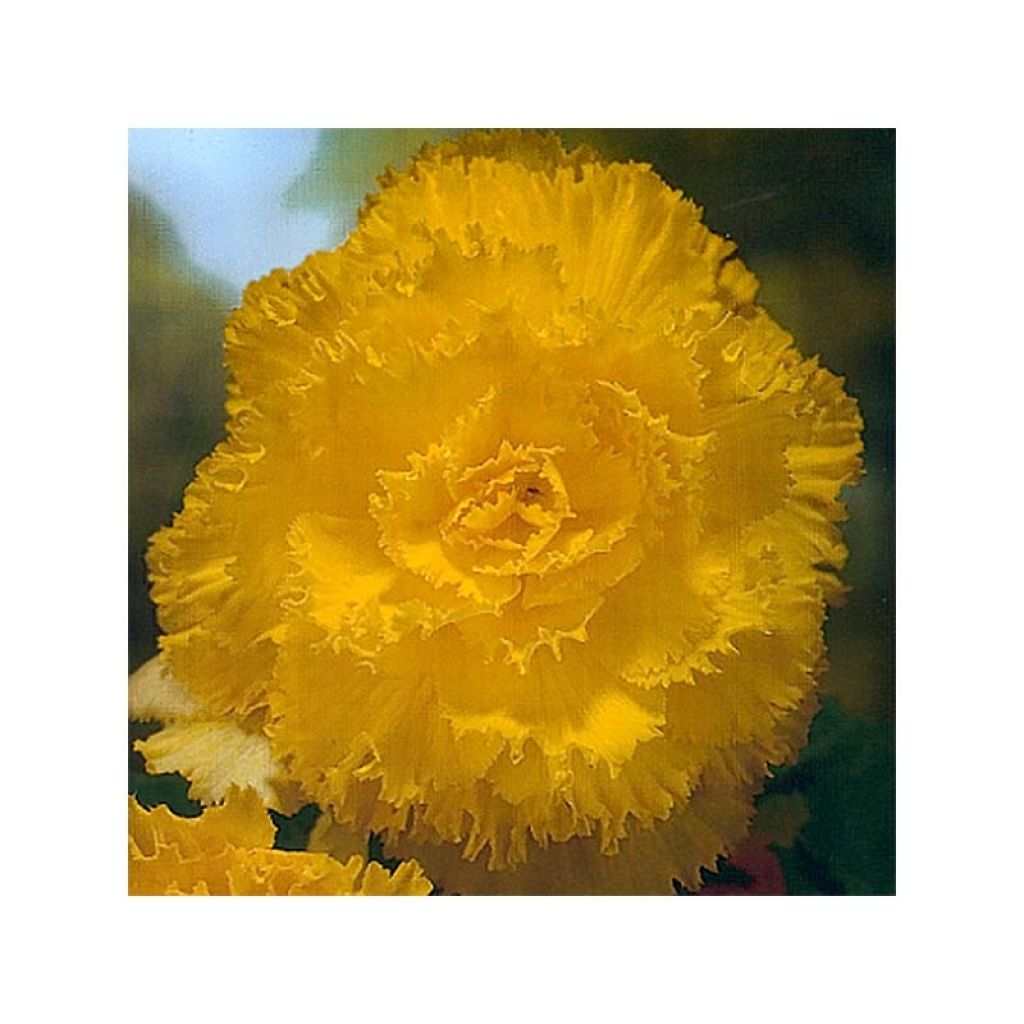

Yellow Begonia multiflora Fimbriata
Yellow Begonia multiflora Fimbriata
Begonia multiflora Fimbriata Jaune
Begonia
produced beautiful flowers
lilas, 04/10/2025
Special offer!
Receive a €20 voucher for any order over €90 (excluding delivery costs, credit notes, and plastic-free options)!
1- Add your favorite plants to your cart.
2- Once you have reached €90, confirm your order (you can even choose the delivery date!).
3- As soon as your order is shipped, you will receive an email containing your voucher code, valid for 3 months (90 days).
Your voucher is unique and can only be used once, for any order with a minimum value of €20, excluding delivery costs.
Can be combined with other current offers, non-divisible and non-refundable.
Why not try an alternative variety in stock?
View all →This plant carries a 6 months recovery warranty
More information
We guarantee the quality of our plants for a full growing cycle, and will replace at our expense any plant that fails to recover under normal climatic and planting conditions.

Does this plant fit my garden?
Set up your Plantfit profile →
Description
The Yellow Fringed Begonia is a tuberous begonia with a compact and bushy habit that produces round and double flowers, in a bright yellow colour, with toothed and fringed petals, extremely vibrant. This plant, which blooms generously throughout the summer, is ideal for decorating terraces and balconies, as well as flower beds. Easy to grow, this begonia also has the advantage of tolerating the sun, unlike other varieties.
Begonias belong to the Begoniaceae family and can be tuberous or rhizomatous. Native to intertropical rainforests, they mainly come from South America but also from Africa or Asia. In simple terms, rhizomatous begonias are those that continuously grow in the forest and do not experience a dry season. Tuberous begonias, on the other hand, live in the same areas but at higher altitudes on slightly brighter sites and experience a dry season, causing them to lose their leaves. This is the time for them to produce fruits and replenish nutrient reserves.
The Yellow Fringed Begonia belongs to the category of tuberous plants. It blooms continuously from June-July to October. The plant will reach approximately 30cm (12in) in width and 40cm (16in) in height when mature, and it is not trailing. Its foliage is deciduous, dark green, alternate, and velvety. The leaf blades are always asymmetrical, and the petioles have stipules at their base. The stems bearing the flowers are dark purple. The plant is herbaceous and often succulent. It will grow better if it receives a few hours of sunlight per day. The begonia prefers light soils rich in organic matter (well-decomposed garden compost) that do not retain moisture. Additionally, it is quite susceptible to powdery mildew and nematodes and requires regular but not excessive watering.
Begonia Fimbriata is a frost-sensitive plant, so it does not tolerate negative temperatures. For this reason, it is often cultivated in containers that can be easily brought indoors to heated greenhouses or verandas at the first frost. If it is planted in the ground, it is time to remove the tubers and store them in a sheltered place until the following spring. You can associate it with other orange, yellow, or white Fimbriata begonias in large flowering pots, as well as in border plantings.
Report an error about the product description
Yellow Begonia multiflora Fimbriata in pictures
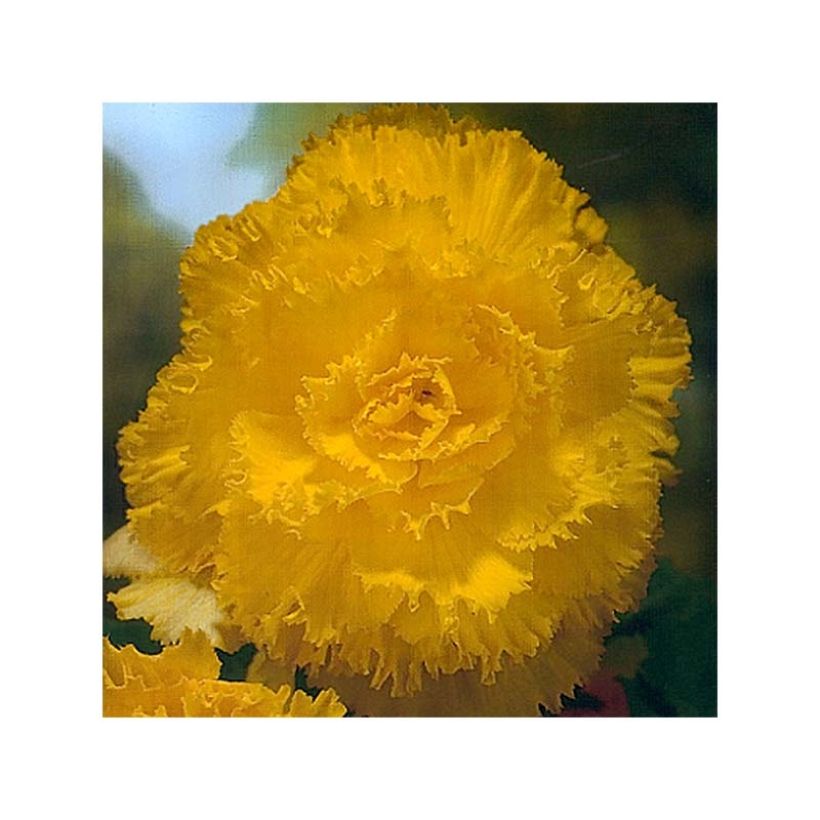

Plant habit
Flowering
Foliage
Botanical data
Begonia
multiflora
Fimbriata Jaune
Begoniaceae
Begonia
Cultivar or hybrid
Other Begonias
View all →Planting and care
Plant your Fimbriata begonias in a shady or lightly sunny spot, in light and moist soil rich in humus. Begonias dislike heavy soils, so lighten it if necessary with sand. Plant after the last frosts, one per pot of about twenty cm, or spaced 25cm (10in) apart in open ground. Position the tuber with the concave (hollow) part facing upwards and then cover with 5cm (2in) of soil. Like Dahlias, you can speed up their growth cycle by planting them as early as February, in pots, kept sheltered, and taking them outside in May. Water regularly. Apply begonia fertilizer at planting, and then twice a month during the season. Remove faded flowers. Dig up the bulbs before the first frosts and store them in a little turf, in a dry and cool place, during winter.
Planting period
Intended location
Care
Planting & care advice
-
, onOrder confirmed
Reply from on Promesse de fleurs
Similar products
Haven't found what you were looking for?
Hardiness is the lowest winter temperature a plant can endure without suffering serious damage or even dying. However, hardiness is affected by location (a sheltered area, such as a patio), protection (winter cover) and soil type (hardiness is improved by well-drained soil).

Photo Sharing Terms & Conditions
In order to encourage gardeners to interact and share their experiences, Promesse de fleurs offers various media enabling content to be uploaded onto its Site - in particular via the ‘Photo sharing’ module.
The User agrees to refrain from:
- Posting any content that is illegal, prejudicial, insulting, racist, inciteful to hatred, revisionist, contrary to public decency, that infringes on privacy or on the privacy rights of third parties, in particular the publicity rights of persons and goods, intellectual property rights, or the right to privacy.
- Submitting content on behalf of a third party;
- Impersonate the identity of a third party and/or publish any personal information about a third party;
In general, the User undertakes to refrain from any unethical behaviour.
All Content (in particular text, comments, files, images, photos, videos, creative works, etc.), which may be subject to property or intellectual property rights, image or other private rights, shall remain the property of the User, subject to the limited rights granted by the terms of the licence granted by Promesse de fleurs as stated below. Users are at liberty to publish or not to publish such Content on the Site, notably via the ‘Photo Sharing’ facility, and accept that this Content shall be made public and freely accessible, notably on the Internet.
Users further acknowledge, undertake to have ,and guarantee that they hold all necessary rights and permissions to publish such material on the Site, in particular with regard to the legislation in force pertaining to any privacy, property, intellectual property, image, or contractual rights, or rights of any other nature. By publishing such Content on the Site, Users acknowledge accepting full liability as publishers of the Content within the meaning of the law, and grant Promesse de fleurs, free of charge, an inclusive, worldwide licence for the said Content for the entire duration of its publication, including all reproduction, representation, up/downloading, displaying, performing, transmission, and storage rights.
Users also grant permission for their name to be linked to the Content and accept that this link may not always be made available.
By engaging in posting material, Users consent to their Content becoming automatically accessible on the Internet, in particular on other sites and/or blogs and/or web pages of the Promesse de fleurs site, including in particular social pages and the Promesse de fleurs catalogue.
Users may secure the removal of entrusted content free of charge by issuing a simple request via our contact form.
The flowering period indicated on our website applies to countries and regions located in USDA zone 8 (France, the United Kingdom, Ireland, the Netherlands, etc.)
It will vary according to where you live:
- In zones 9 to 10 (Italy, Spain, Greece, etc.), flowering will occur about 2 to 4 weeks earlier.
- In zones 6 to 7 (Germany, Poland, Slovenia, and lower mountainous regions), flowering will be delayed by 2 to 3 weeks.
- In zone 5 (Central Europe, Scandinavia), blooming will be delayed by 3 to 5 weeks.
In temperate climates, pruning of spring-flowering shrubs (forsythia, spireas, etc.) should be done just after flowering.
Pruning of summer-flowering shrubs (Indian Lilac, Perovskia, etc.) can be done in winter or spring.
In cold regions as well as with frost-sensitive plants, avoid pruning too early when severe frosts may still occur.
The planting period indicated on our website applies to countries and regions located in USDA zone 8 (France, United Kingdom, Ireland, Netherlands).
It will vary according to where you live:
- In Mediterranean zones (Marseille, Madrid, Milan, etc.), autumn and winter are the best planting periods.
- In continental zones (Strasbourg, Munich, Vienna, etc.), delay planting by 2 to 3 weeks in spring and bring it forward by 2 to 4 weeks in autumn.
- In mountainous regions (the Alps, Pyrenees, Carpathians, etc.), it is best to plant in late spring (May-June) or late summer (August-September).
The harvesting period indicated on our website applies to countries and regions in USDA zone 8 (France, England, Ireland, the Netherlands).
In colder areas (Scandinavia, Poland, Austria...) fruit and vegetable harvests are likely to be delayed by 3-4 weeks.
In warmer areas (Italy, Spain, Greece, etc.), harvesting will probably take place earlier, depending on weather conditions.
The sowing periods indicated on our website apply to countries and regions within USDA Zone 8 (France, UK, Ireland, Netherlands).
In colder areas (Scandinavia, Poland, Austria...), delay any outdoor sowing by 3-4 weeks, or sow under glass.
In warmer climes (Italy, Spain, Greece, etc.), bring outdoor sowing forward by a few weeks.






























